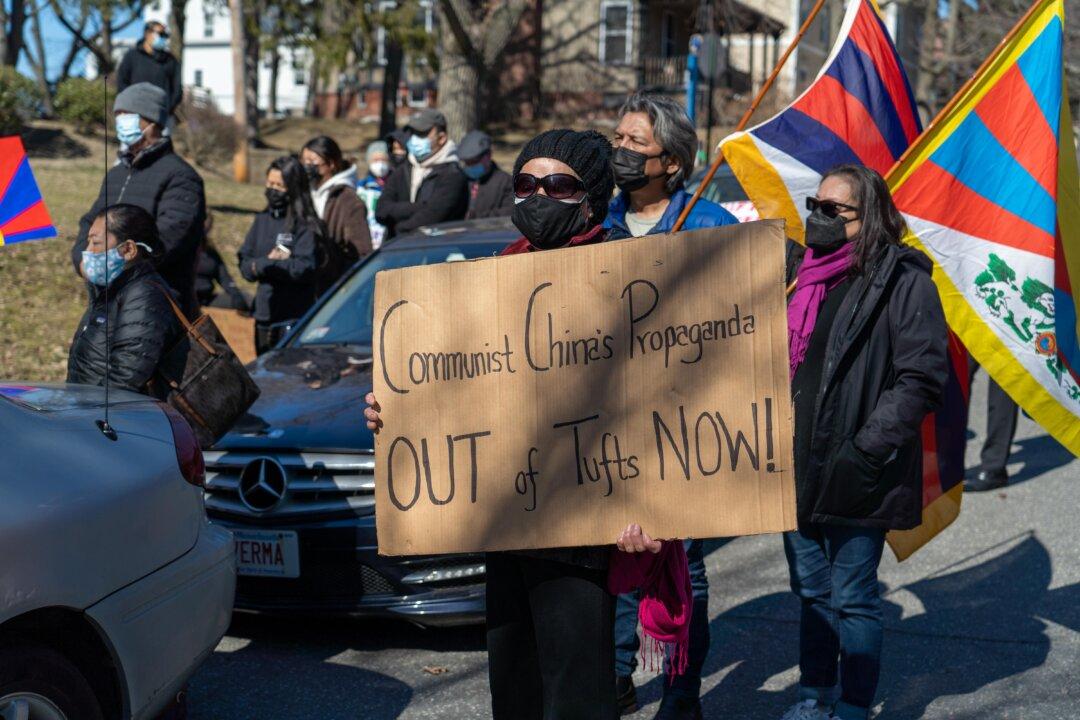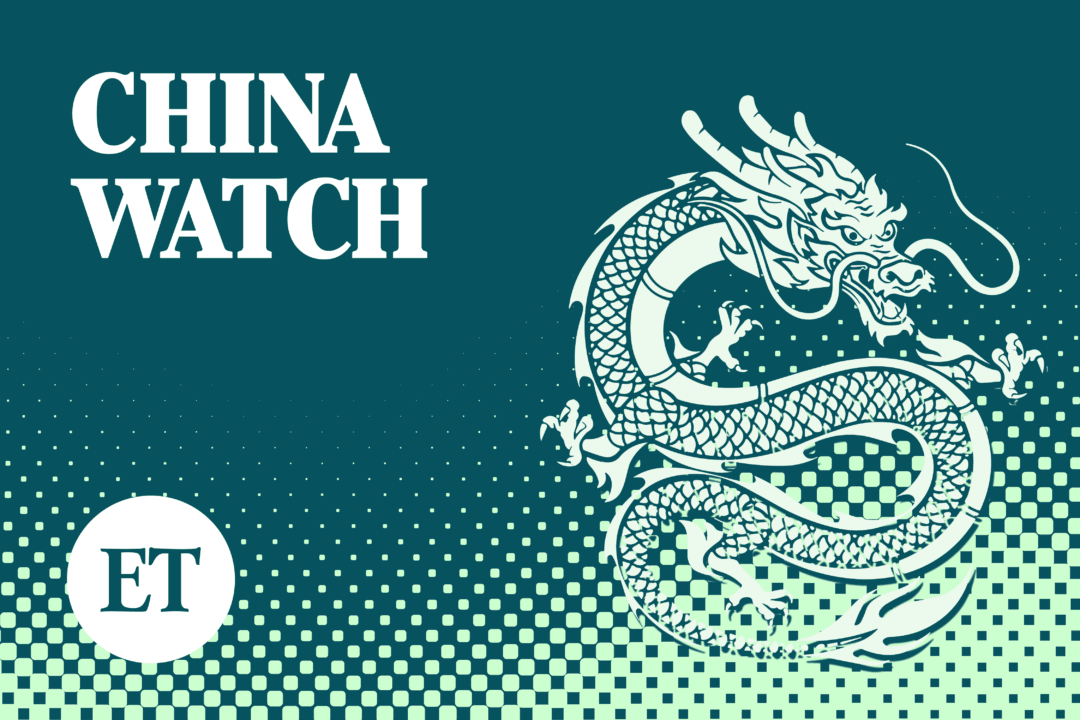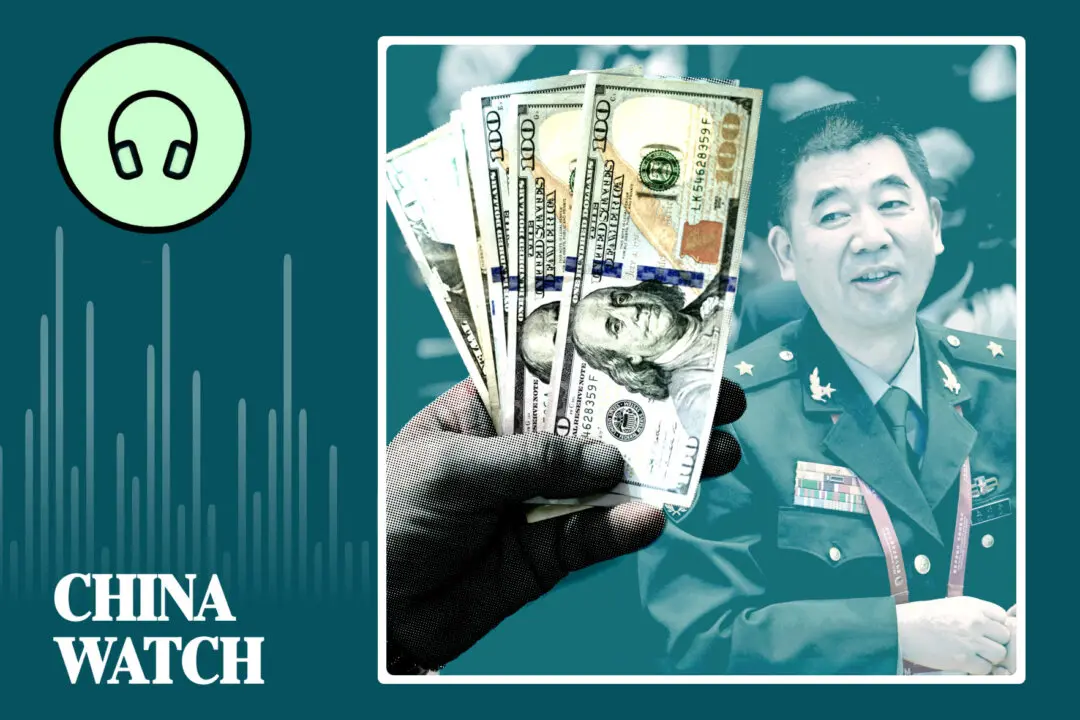WASHINGTON—A new report warns that China has rebranded its Confucius Institutes (CI) in U.S. universities. Out of the 118 CIs in the United States, about 105 have closed or announced closures. However, at least 38 colleges have replaced their closed CI programs with similar alternatives, according to the report by the National Association of Scholars (NAS), a conservative research and advocacy organization.
CIs are funded by the Chinese Communist Party (CCP), which picks and pays for textbooks and selects and pays Chinese nationals who come to the United States to teach Chinese language, culture, and history.




